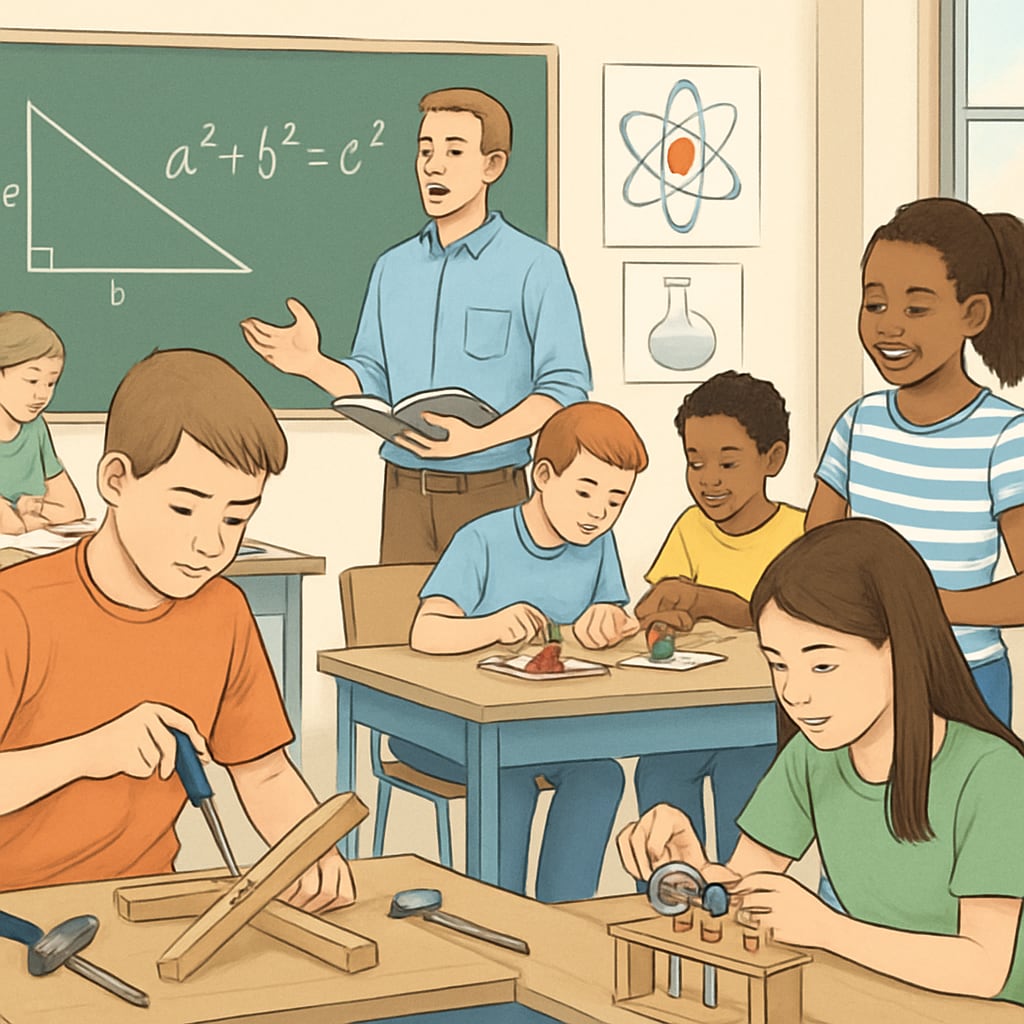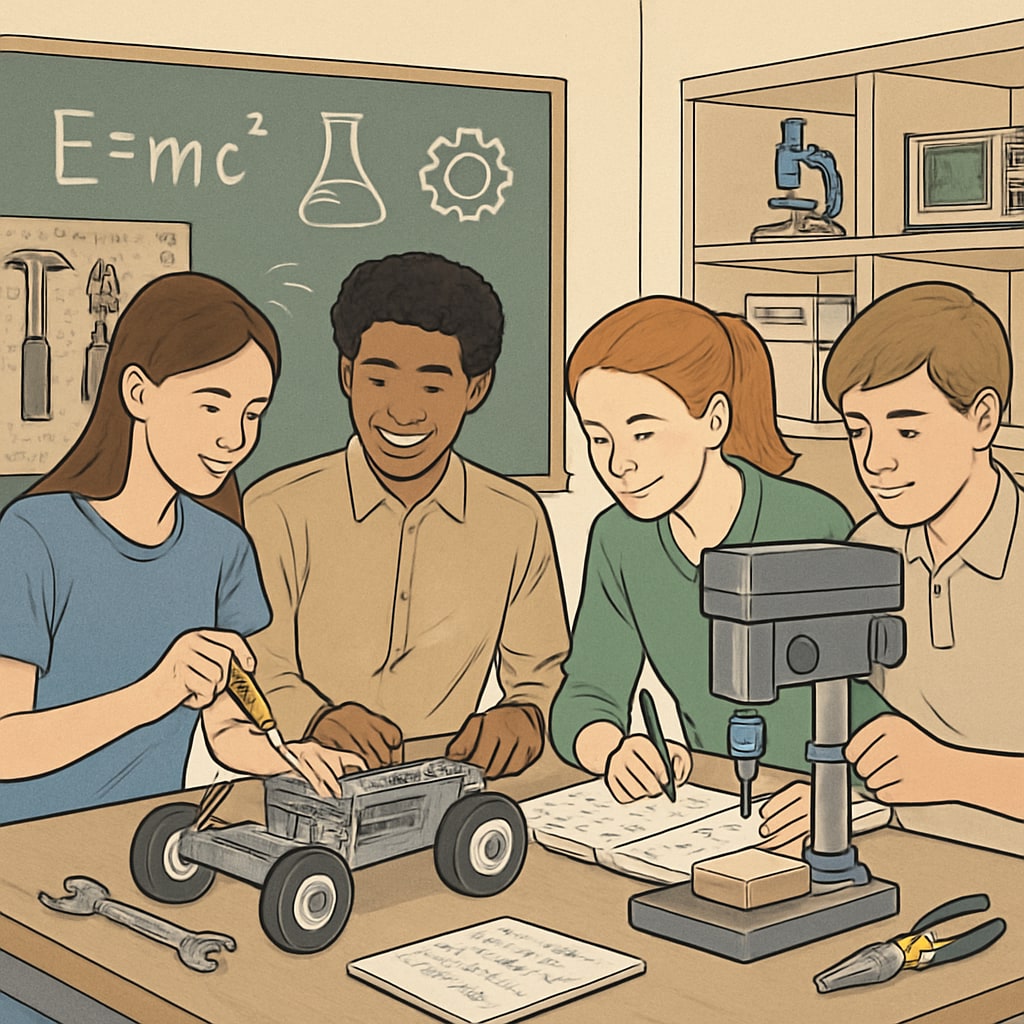Career and Technical Education (CTE), school districts, and traditional subjects are at the forefront of shaping the future of K12 education. As schools strive to prepare students for real-world challenges, the integration of CTE into traditional learning frameworks offers a transformative approach. By blending academic knowledge with vocational skills, CTE programs enable students to bridge the gap between theoretical concepts and practical applications, fostering comprehensive development.

How Career and Technical Education Enhances Traditional Learning
Integrating Career and Technical Education with traditional subjects creates a dynamic learning environment. For example, CTE programs focusing on engineering or information technology often incorporate mathematics and physics into their curriculum, helping students see the relevance of these subjects in practical scenarios. This approach not only increases engagement but also improves retention, as students understand the real-world applications of their academic studies.
Additionally, CTE programs encourage collaboration and problem-solving. Students work on projects that require multidisciplinary skills, such as designing a sustainable building, which may involve math, science, and technical drawing. This fosters critical thinking and teamwork, skills that are highly valued in today’s workforce.

CTE Implementation Models in School Districts
School districts vary widely in their approach to implementing CTE programs. Some integrate CTE modules directly into traditional classrooms, while others offer standalone vocational courses that complement standard academic subjects. A few districts even partner with local industries to provide students with internships or apprenticeships, offering firsthand experience and exposure to their fields of interest.
Successful implementation requires careful planning and resource allocation. For instance, districts must ensure that educators are trained to teach both traditional and vocational subjects effectively. They also need to invest in equipment and facilities to support hands-on learning. Despite these challenges, the benefits of CTE programs—enhanced student engagement, better academic outcomes, and career readiness—often outweigh the costs.
Learn more about vocational education on Britannica
Impact on Student Outcomes
Studies show that students enrolled in CTE programs demonstrate higher levels of academic achievement and career preparedness compared to their peers. By exposing students to practical applications of traditional subjects, CTE helps them develop a deeper understanding of the material and its relevance. Furthermore, these programs often lead to increased graduation rates and lower dropout rates, as students feel more motivated and invested in their education.
CTE also equips students with transferable skills, such as communication, teamwork, and problem-solving, which are essential in almost every professional field. As a result, graduates from CTE programs are often better positioned to succeed in both higher education and their chosen careers.
Read more about Career and Technical Education on Wikipedia
Conclusion: Career and Technical Education is revolutionizing K12 education by merging traditional subjects with practical skills. By adopting innovative organizational models and fostering collaboration between academic institutions and industries, school districts can ensure that students are well-prepared for the challenges of the future. As CTE continues to evolve, its impact on student outcomes and educational frameworks will undoubtedly grow stronger.


